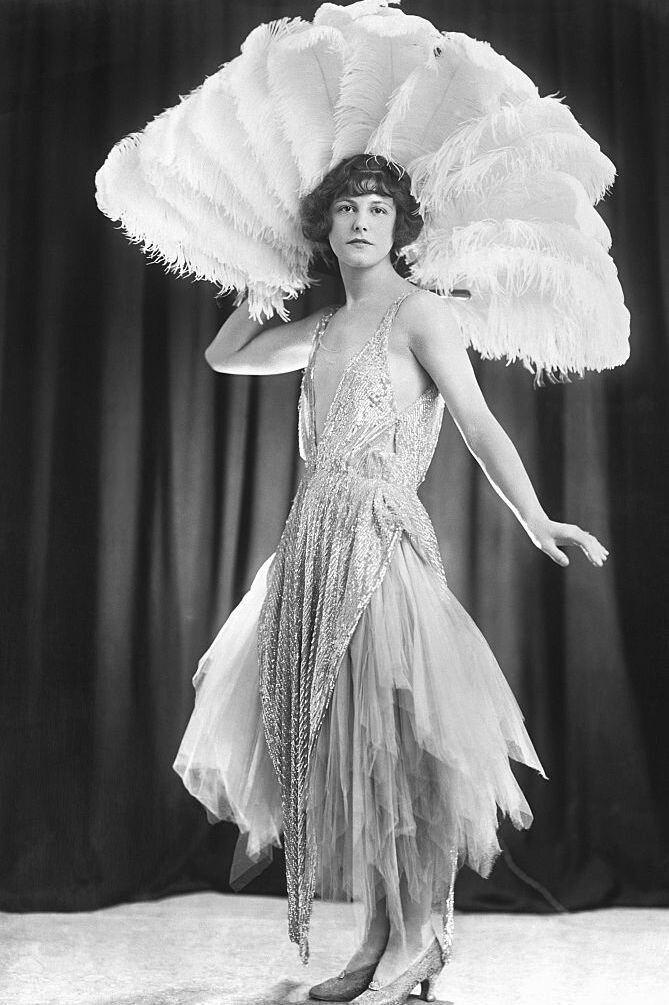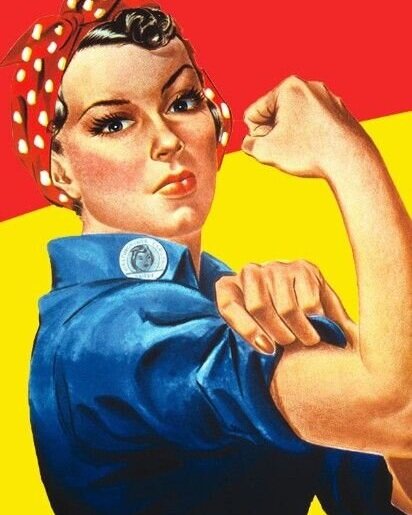What Women Want: 100 Years of Women's Fashion
/From Burst
There’s no denying that fashion will forever shape the way we all wear things or express ourselves. Fashion - especially for women - has changed so much throughout the years. It’s hard to keep track of what came and what went away. Every trend brought a new definition to the words expression, diversity and fluidity; so, let’s take a look at how much women’s fashion has changed throughout the last 10 decades and see what was popular and why these trends were so… trendy!
The Roaring ‘20s:
From crfashionbook.com
After the first World War ended in 1918, women felt more empowered than ever due to their right to vote, which came along the previous year. Because of this, the younger generation tailored their attire to more rebellious wear; showing your legs were frowned upon for girls back then, which made the infamous flapper dress a rambunctious but also perfect choice for young girls to shift the traditional convention of what a girl wears.
The Slow ‘30s:
During the Great Depression, fashion wasn’t as accessible to many people. So, instead of wearing the clothes themselves, everyday people watched actors & actresses wear the golden fashion of that decade. Old Hollywood stars wore long, dark silk dresses with a low back cut. This made the women look desirable, showing off the fortune and fantasy that most desperately wanted in their own lives. Elegant and classy were the styles for this decade.
The Combative ‘40s:
Rosie the Riveter From crfashionbook.com
The Second World War crept up the world during the forties, which meant men once more going out to fight while women went back to the workforce. Because of this, fashion took a huge left turn when it came to traditional styles. More conventional styles like DIY jumpsuits, rompers and others were made from old clothes and materials made from denim or cotton. There’s a reason why Rosie the Riveter wears denim--because women were reinventing the fashion norms drastically! Women also needed to wear versatile, durable clothes - short skirts of velvet or silk were out of place in a steel factory.
The Booming ‘50s:
With Christian Dior’s fashion taking a bit of leeway at the end of the forties, they took the spotlight in the fifties when the Second World War ended. Christian Dior’s fashion line included large petticoats and wide-cut skirts (much like the infamous poodle dresses of the era.) Women were expected to look polished and perfect all the time during this decade, which is why pearl jewelry was a big influence.
The Swinging ‘60s:
Jacqueline Kennedy From crfashionbook.com
Simplistic fashion was the central theme for women’s fashion in the sixties. This theme swung into the mainstream when first lady Jacqueline Kennedy was in the public eye. Many women wanted to embody the elegance and own the infamous pillbox hat. The second wave of feminism also made women wear more colourful dresses in a way to visually express their liberation as women. skirts became shorter as the miniskirt took centre stage.
The Groovy ‘70s:
Possibly the most memorable era of fashion, the hippie fashion trend conquered the seventies. Taking inspiration from the colourful dresses of the late sixties, the hippie era included some liberating fashion choices. Women let their hair down and wore loose-fitting clothes. These included tank tops, crop tops, bell-bottoms and a lot of tie-dye!
The Far Out ‘80s:
While the seventies exuded colorfulness, the eighties exploded colours with neon jumpsuits and scrunchies. Since more women were entering the workforce during this decade, they wanted to compete with men by feeling more empowered. This is when the birth of shoulder pads came along so that women could stand beside men as equals.
The Grungy ‘90s:
While earlier decades were very colourful in their styles, the nineties decided to stay dark with the grunge era. Leather jackets, inspired by bands like Nirvana was the big face of fashion during that time. Britney Spears also inspired some looks with her famous school-girl look. But the main slogan for this decade was “More is more”. Never before was such diversity present in fashion and it only got crazier from here on out.
The Innovative 2000s & 2010s:
The 2000s and 2010s were pretty similar when it came to the traditions of fashion. Leading up to today, fashion seems to become more and more of a blurred line, with everyone doing whatever they want. Fashion companies, social media influencers, singers and anyone with a platform showcases their personal touch. This has made fashion more fluid than ever. Some women now wear male clothes; some men now wear female clothes. And somewhere in between, there is no male or female fashion. The way people choose to wear their clothing has never been so blurred, which makes things very interesting in what will happen in the decades to come. The question stands: will things continue to be blurred or with there be a rebirth with something new taking up the new conventions of fashion? Only time will tell.
Nick’s Bio
Nick is a second year professional writing student at algonquin college, hoping to pursue work in either journalism or scriptwriting. Nick hopes to become someone that makes his readers ponder about the many things in which life has to offer. In his down time, you can find him playing on his nintendo switch, organizing his many pokemon cards, or obsessively writing one of his many stories--most notably Radio Heads, a young adult drama about musicians.







